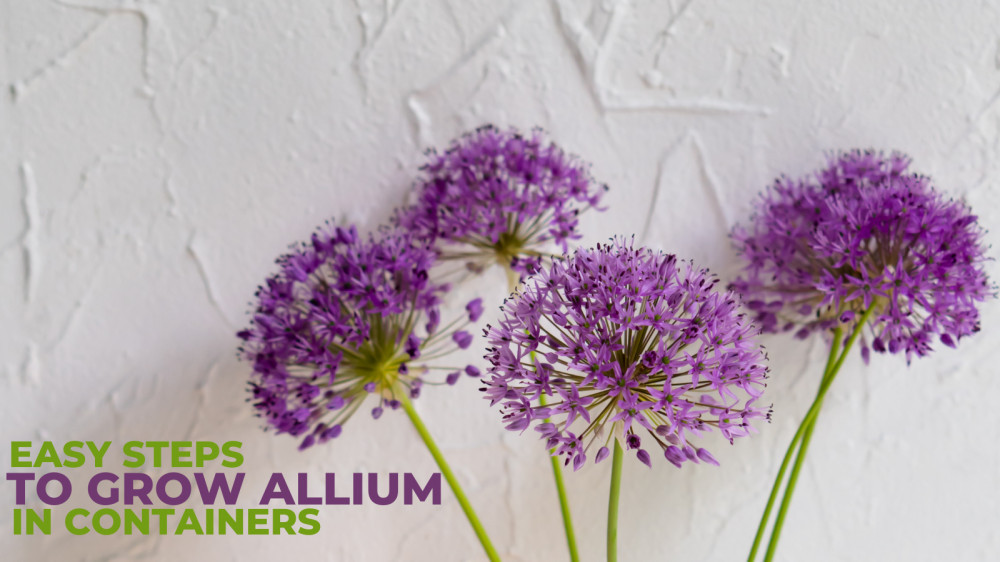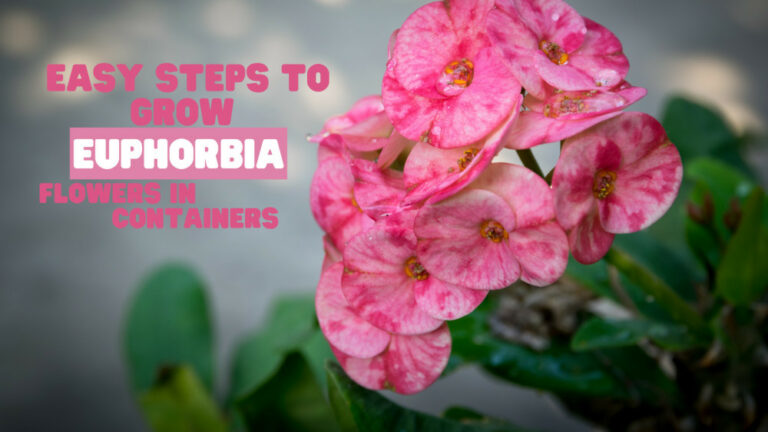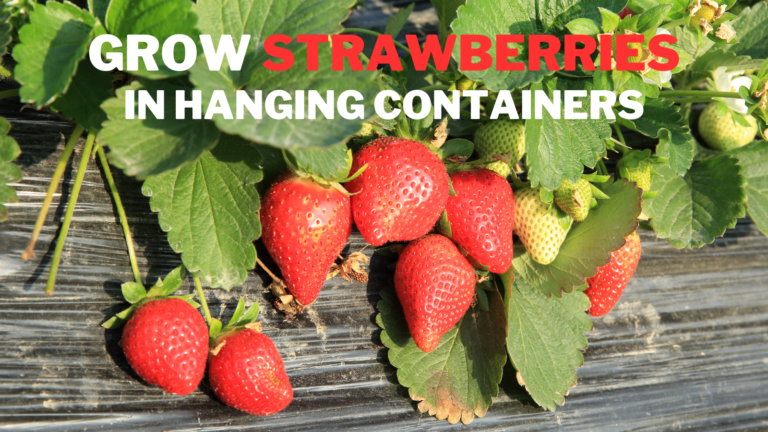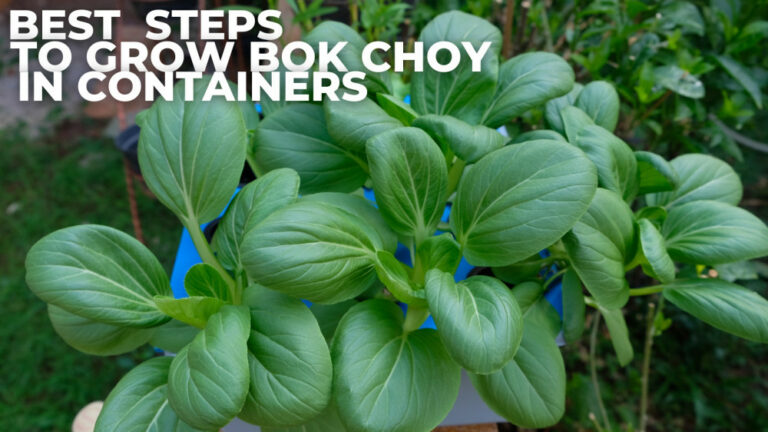Easy Steps To Grow Allium In Containers
Easy Steps To Grow Allium In Containers
Alliums are bulbous perennials that bloom for weeks on end, bridging the transition between spring and summer. They have an incredibly long lifespan. Bee-friendly alliums produce stunning pompom flowers in pink, purple, and white that looks great when planted in masses. Both fresh and dried flower arrangements featuring alliums are excellent.
Characteristics Of Allium
Allium is distinguished by its six-petal flowers and sharp, linear leaves. Most of these plants are perennials, and many get their start from rhizomes or bulbs. The spherical flowers grow in clusters and give birth to dry shell fruits with black seeds.
Some plants reproduce asexually, which means that the bulbils in the flower head serve as the source of new life.
This family's members range in size from 5 cm to 150 cm. Allium flowers grow in an umbel at the top of the leafless stalk. The strap, uniform foliage, and a straight tubular flower track make up this structure.
As was already mentioned, the flower grows in clusters, giving it a pom-pom-like appearance. But in addition to that, they can also take the form of a cup or a star.
The plant ranges in size from being very small to much more significant. Some species don't produce bulbs; they instead produce thick leaf bases.
History Of Allium
Garlic is the basic meaning of the Latin word allium. Linnaeus described the species for the first time in 1753. Some historians link the smell of garlic to Greek words that mean to stay away from. Other Allium species cultivated in antiquity include a number, and research into these species can help determine their economic significance.
Looking at the inscriptions and illustrations on their various monuments, it is clear that the ancient Egyptians used a wide variety of Allium family species, most notably onions.
Different Allium species were used as ornamental plants starting in the middle of the 19th century; however, there is no conclusive evidence that these species were used as ornamental plants earlier.
Types Of Allium Flowers
Alliums are well known for their stunningly lovely flowers. They are among the most adaptable bulbs for gardens in the spring and summer. Below is a list of allium flower varieties that are both popular and common.
1. Purple Sensation
Purple Sensation is one of gardeners' most beloved flowers. It belongs to the allium species with the deepest hues. It is breathtakingly lovely. Its inflorescence is made up of dozens of tiny, star-shaped flowers that are a deep violet-lilac colour. They have perfectly rounded flower heads. They are supported by solid stalks that emerge from a cluster of attractive, strap-like, blue-green leaves.
From late spring to early summer, they are in bloom. It blooms for a very long time.
Purple Sensation flowers have a two-week vase life when cut. These allium flower varieties can reach heights of 28 to 36 inches. Rich, well-drained, dry to moderately moist, sandy to gritty soil is ideal for growing them. For the best growth, they need direct sunlight. They are drought-tolerant.
They create gorgeous cottage gardens, beds, and borders for gardens. When they are planted in groups, they make a significant visual impact.
2. Allium Mount Everest
As its name suggests, the majestic allium Mount Everest is borne on tall stems and has flower heads the size of baseballs glistening with white flowers. About 50 or more allium flowers make up each Allium Mount Everest plant globe.
The flower heads measure roughly 6 inches in width. The stems are strong and upright. The leaves of this plant are strap-shaped, basal, semi-erect, and grayish-green in colour. Late spring to early summer is when they flower.
Allium Mount Everest has the potential to reach a height of 3 feet. They thrive in sandy soil that is well-drained and dry to moderately moist. They can withstand drought. They are ornamental flowers that add beauty to flower beds and garden borders.
3. Star Of Persia
A perennial plant with a height of about 50 cm, Allium cristophii. It has strap-shaped, slightly glaucous leaves that wilt when flowering. Star-shaped and rosy-violet, its flowers are distinctive. The flowers are carried on 20 cm broad, globose heads.
Early summer is when flowers bloom. They grow well in chalky, clayey, sandy, or loamy soil. The soil should be well-drained. They can grow well in alkaline, acidic, or neutral pH. They fall under the hardiness zone 5. These plants take 2 to 5 years to reach their ultimate height of 0.1 to 0.5 meters.
Allium cristophii propagates by seeds. When they are just starting to ripen or spring, their seeds are sown in the container. They are easy-to-care-for plants that don't need to be pruned. They don't contract any plant diseases, so they are also trouble-free.
4. Allium Globeprimary
The tallest and most aesthetically pleasing allium species is Allium Globeprimary. It is well known for having a large flower head that resembles a globe. The 3 to 4-foot tall magnificent flower-heads are enormous. From early to mid-June, Allium Globeprimary flowers are in bloom. Deep purple is the colour of the flowers.
They can survive in many different types of soils. They thrive in average, well-drained, dry to medium moisture soil. For the best growth, they need full sun to partial shade. Sandy soil is best for them. Sand addition to clay soil can significantly enhance drainage.
A cross between Allium cristophii and Allium macleanii is known as Allium Globeprimary. This perennial bulbous plant is distinguished by its spherical flower heads. Its strap-shaped, grayish-green leaves have a strap-like shape. In the spring, the basal leaves gather into a cluster of foliage.
In the middle of spring, the leaves begin to wilt. At that point, the sturdy flowering stems reach a height of 20 to 30 inches and are topped with enormous, rounded flowers that are a deep lavender colour. After blooming, flower heads become dry and are ornamental in the garden well into the summer. These flowers are unscented.
5. Moly Allium
Given that their flowers are yellow rather than purple, Allium moly may not even resemble an allium. Moly is a flowering plant that produces clusters of gorgeous golden-yellow flowers in any garden. From late spring to early summer, they are in bloom.
They favour fully exposed sun-filled areas with well-drained soil. They can reach a height of up to 8 inches. Zones 3 to 9 of the hardiness chart apply to allium moly.
6. Pink Lily Leek
Compact and bulbous, the Pink Lily Leek has reddish-pink, star-shaped flowers. The flowers are mounted on stems that are a gray-mauve colour. The leaves are small, semi-rectangular, and gray-green in hue.
The plant can reach a height of 8 to 12 inches. The soil should be well-drained and dry to medium moisture for Allium oreophilum. It needs direct sunlight for the best growth. They grow well in containers and cottage gardens, rock gardens, stunning garden borders, and flower beds.
7. Three Cornered Leek
The perennial, bulbous Three Cornered Leek prefers shade. It is a rare variety of allium. It can reach a height of one foot. From April to June, their flowers are in bloom.
Allium triquetrum flowers are hermaphrodites, which means they contain both male and female reproductive organs within a single flower. It thrives in well-drained, cool, leafy, and moderately moist soil.
These plants lack a lot of hardiness. The hardiness range for them is from 7 to 10. In neutral, alkaline, or acidic pH conditions, they can grow. It develops into beautiful edging plants for flower gardens.
Steps To Grow Allium In Containers
Choosing Alliums
Consider your garden space when deciding which alliums to grow. Will you be bulk-planting in pots or growing in drifts through the border? as a component of a formal planting plan for prairies?
Additionally, it's crucial to consider the color of your alliums. While most allium flowers are purple, some come in blue, white, yellow, and pink tones. Also, consider the size of your allium, which includes the size of the flowers and the plant's overall height.
Allium flowers can range from a few centimetres to over 20 cm (8 in) in diameter, and their hights can also differ significantly.
Planting giant, tall alliums singly or in drifts works well for varieties like “Purple Rain” and “Globemaster”. Allium christophii and other shorter varieties grow well in containers. In prairie planting schemes, drumstick alliums like Allium sphaerocephalon look fantastic.
Soil To Grow Allium In Containers
The soil used for potting must be breathable and free of draining. The majority of all-purpose premixed potting soils are suitable. No additional amendments, such as manure or compost, are required. This could make the soil too fertile and high in nitrogen, preventing bulbs from blooming. For alliums in pots, fertilizing is best done at critical times.
Container Planting
You should plant the bulbs in the fall as soon as you notice leaves falling from the trees in your neighbourhood, whether you keep the containers indoors or outdoors. The bulbs are better able to follow their natural growth cycles when planted in the fall because the roots have time to grow.
During the winter, you might want to think about keeping the containers somewhere cool. Allium bulbs do best when allowed to cool off during the dormant season. The containers do not need to be kept outside; instead, they can be kept in a shed, garage, basement, or root cellar.
Choose The Suitable Container
You should use a container five to six times deeper than the bulb's diameter. Additionally, it must be wide enough to leave a clearance of 6 inches (15 cm) on all sides between the bulb and the container.
At least four medium-sized drainage holes should be present at your container's base. If you need to make holes, use a drill. If allium bulbs are left in flooded soil, they will rot.
Space To Grow Allium In Containers
Alliums thrive in a sunny location with excellent soil drainage. They don't care what kind of soil it is. Plant higher-growing varieties in the back of a border and lower-growing varieties up front. Although alliums do well in containers, their strappy foliage can become unsightly after flowering.
The leaves of alliums appear before the flowers do. As a result, they are frequently better suited to the center of a border where the faded foliage will be hidden, and the flowers will be put on a show. Plant alliums among ornamental grasses and perennials to hide the fading foliage.
Grow alliums in broad drifts through the border, or let them naturally grow in your lawn for a striking display.
Ways To Plant Alliums
Plant allium bulbs in the fall, at least four times their size deep (at least 15cm deep). It is preferable to plant them deeply rather than superficially.
There is no need to water them if the soil is moist. Poor soils should be fertilized with a balanced fertilizer in the spring when growth begins to show.
Propagation Of Alliums
In a few years, allium bulbs will grow in number. You may occasionally see the white bulbs being pushed out of the ground. Carefully lift the bulbs and gently peel off the offsets in late autumn or early spring to replant them directly into the ground.
Allium can be grown from seed by leaving the flower heads on the plant and harvesting the ripe seed to sow immediately. Remember that starting alliums from seed requires patience because it takes years to grow a flowering plant.
Watering The Allium Plant
Compared to plants grown in the ground, potted plants require much more frequent watering. The soil will begin to dry out in pots, not just the top. The container's size influences the rate at which the plants will dry out. Smaller containers dry out much more quickly than larger pots or planters.
Always, if at all possible, water in the morning. In the afternoon, fill the pot with water if you notice it is thirsty. The containers should be checked daily for dryness during hot or dry spells. Long enough to see water dripping from the drainage holes after watering the pot. This will demonstrate that the soil is evenly saturated throughout.
Fertilizing To Grow Allium In Containers
Throughout the growing season, fertilizer will be required for containerized plants. Nutrients are washed out during watering and must be replaced. The simplest fertilizer is a liquid feed diluted and applied every three to four weeks from planting until the first week of August.
By the end of the summer, all feeding must cease for potted plants for the plant to begin hardening off and preparing for dormancy. Use a formulation with a higher P (phosphorus) number for blooming plants. The nutrients will be delivered at a low enough rate by using a liquid seaweed or fish emulsion product so that excess salts won't build up in the soil.
Winter Care
Because they are extremely cold tolerant, ornamental alliums can easily overwinter in a container. Ensure the pot doesn't sit in water or under a downspout and the drainage is excellent throughout the winter. Any bulb will be harmed by cold, wet soil, which will rot it.
To help with drainage, pots can be moved to a more sheltered location or elevated on bricks or “pot feet.” If you garden in a cold, hardy zone, the container must withstand freezing and thawing without breaking or cracking. Rarely are alliums required to spend the winter in a greenhouse or unheated garage. The bulbs require a cold period to go into dormancy.
Pests, Diseases & Common Issues
Although ornamental alliums are typically relatively trouble-free in the garden, they occasionally succumb to the same illnesses as edible alliums like onions and garlic. Allium white rot, downy mildew, and onion fly are frequent problems for edible alliums that can occasionally affect the ornamental varieties. Avoid planting ornamental alliums where edible alliums have previously been planted to help prevent this.
- The onion fly's maggots, which resemble small grey house flies, cause the most harm by consuming the roots of plants in the onion family. If this is the case, the plant may completely die, or you might notice yellowing leaves. Digging up the bulbs is necessary; if you find any maggots or larvae, get rid of them immediately.
- Onions, garlic, and leeks are the most frequently affected plants by this fungus disease, which affects the bulb. The bulb will exhibit furry white growth and possible yellowing and wilting of the leaves. Alliums should not be planted in the affected area in the future; the fungus can survive in the soil for years. Bulbs should be thrown away.
- Alliums may develop downy mildew in damp, wet conditions. This will manifest as yellow, brown, or light green patches on the surface of the leaf and moldy growth on the underside. Leaves could wilt and drop off. Lifting and dividing alliums regularly to maintain good air circulation will help you avoid clumps that are crowded. Avoid flooding soil or compost with water or overwatering it. Remove and discard any damaged leaves.
- The female fly of the allium leaf miner punctures and feeds on the leaves, while the larvae feed on the stems and bulbs, both of which harm alliums. The pupae and the flies are both about 3mm long. The plant's leaves may appear twisted or deformed.
Conclusion
The two Allium crop species that are most economically significant (common onion and garlic) are consumed worldwide as spices, vegetables, and medicinal plants. They traditionally play a significant part in Asia's daily diet as well. They can be seen growing in every backyard garden. Don’t miss to grow allium in containers in your small yard.
I trust you enjoyed this article on the Easy Steps To Grow Allium In Containers. Please stay tuned for more blog posts to come shortly. Take care!
JeannetteZ
>>>Please click here to read my all-inclusive article about Container Gardening<<<
>>>Are you interested in homegrown herbs and medicine? Please click here to find out more about it!<<<
Your Opinion Is Important To Me
Thoughts? Ideas? Questions? I would love to hear from you. Please leave me your questions, experience, and remarks about this article on the Easy Steps To Grow Allium In Containers, in the comments section below. You can also reach me by email at Jeannette@Close-To-Nature.org.
Disclosure
This post may contain affiliate links. As an Amazon Associate and other affiliate programs, I earn from qualifying purchases at no extra cost to you. Read my full affiliate disclosure.
You might also enjoy these blog posts:
Easy Steps To Grow African Daisy In Containers
Easy Steps To Grow Peace Lily In Containers
Easy Steps To Grow Stevia In Containers
All About Healing Visualization And What You Need To Know
Most Essential List Of Healing Herb Plants





















